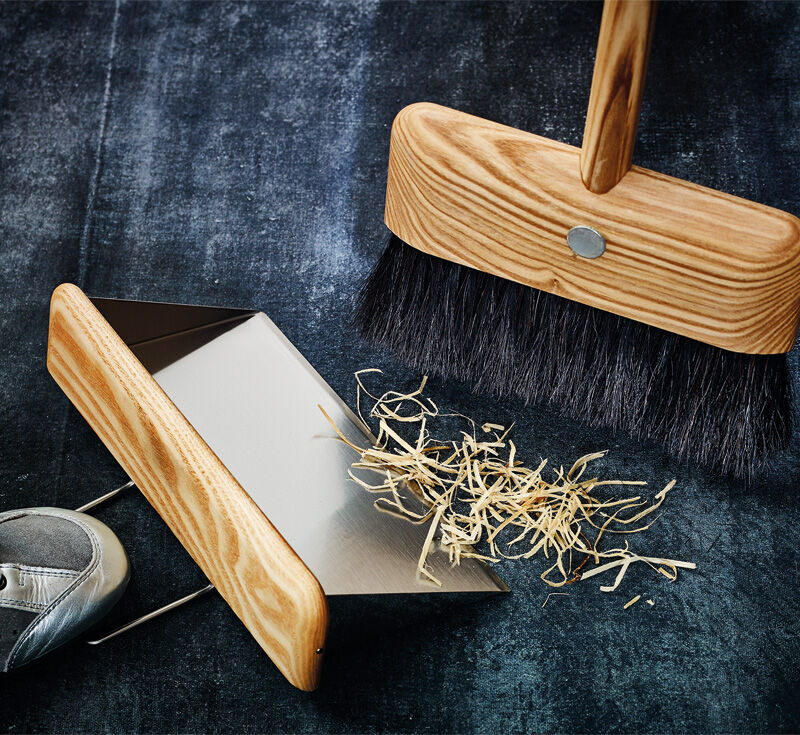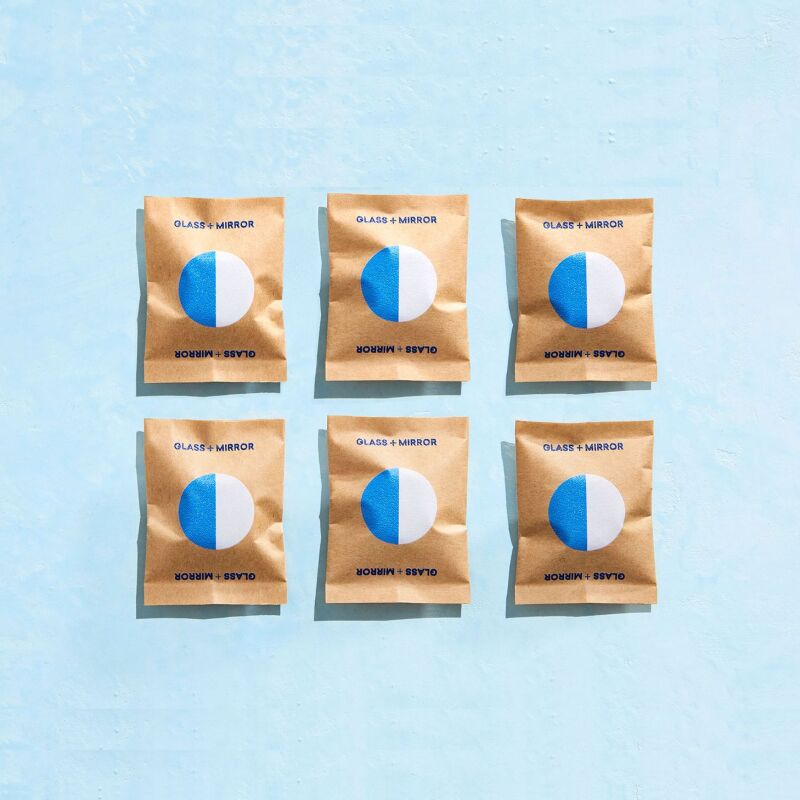This content was produced as advertising by Remodelista in collaboration with Bosch Home Appliances.
The dishwasher is one of the greatest time-saving inventions of our time. But, as is true with any appliance, how you use your dishwasher can greatly enhance—or detract from—its performance. That’s why we teamed with the experts at Bosch Home Appliances to teach us how to get the most out of this everyday device.
Photography by Joyelle West with styling by Justine Hand and Kaylei McGaw, except where noted.
What Can and Cannot Go in a Dishwasher?

Dishwasher Safe
- Glass
- China/Stoneware
- Stainless Steel
- Aluminum
- Dishwasher-safe Plastics
Not Recommended
- Wood – The heat and water will cause it to warp and crack.
- Cast Iron – Water will make it rust.
- Silver – Heat and abrasive detergents can scratch delicate silver and plate.
- Pewter, Brass, and Bronze – Will tarnish.
- Hand-painted glass and ceramics.
Prep Your Dishes

- Do NOT pre-rinse your dishes. Food particles act as agitants, helping to scrub the dishes, and you’ll save water in the process.
- Immediately after eating, scrape dishes of any large pieces of uneaten food, especially bones and anything that can get stuck in the mechanics of the dishwasher.
- Soak only burned-on or baked-on stains, as well as dried or hardened food such as egg yolk.
Tip: Grouping like items together will make putting your dishes away more efficient.
Loading the Bottom Rack


- Place your dishes so that the most soiled parts face the spray arms.
- Never overlap or nest items.
- Position larger items like platters and baking sheets toward the sides of the dishwasher, where they will not block detergent and/or water from reaching the rest of the dishes. Make sure they do not block any vents.
Arrange Flatware

- Separate spoons and forks from one another so that they do not nest.
- Place knives with the blade down to avoid cuts.
- Place spoons and forks with handles pointing both up and down; a mix is ideal for the best cleaning distribution.
Tip: If you are going to “cheat” and wash your silver flatware in the dishwasher, at least make sure it is separated from stainless steel, as mixing the two can cause the silver to pit.
Loading the Middle Rack


- Load smaller items like glasses and mugs on the middle rack.
- Position wine glasses and coffee mugs face down and at an angle so water will not collect on the base.
- Arrange items in between the tines, not on top of them.
- If you do not have a third rack, lay longer utensils flat across the bottom of the rack, so that they will not fall down and catch the spray arms.




Add Appropriate Detergent

- Use a manufacturer recommended dish soap, as other detergents can cause build-up that will clog the system.
- Do not use too much liquid soap, as doing so can leave a residue on your dishes. If you do get spots, try reducing the amount of soap next time.
- Never, not even in a pinch, use dishwashing liquid in place of dishwasher detergent. (Remember all those cartoons in which the suds flood the kitchen…)
Select the Right Setting

- Select the best setting for the job.
- Use “delicate” for items like fine China or glassware.
- Use “heavy” for tough jobs like pots and pans.
- Use “extra dry” for hard-to-dry items like glass and plastic.
- Bosch dishwashers have a setting called Speed60, which washes and dries in one hour—a feature that’s especially convenient when entertaining.
Unload Your Dishwasher Bottom-Rack First

- Wait five minutes after the cycle is complete to let the dishes finish drying.
- Unload the dishes on the bottom rack first.
- Remove dishes front to back.
- Transfer the silverware basket or insert tray to the counter to make it easier to put your flatware away.

In addition to their cleaning power, Bosch dishwashers are the quietest of any brand (based on an average of sound ratings of 24-inch, full size stainless steel tub dishwashers contained in major brands’ websites. “Major brands” defined as TraQline Top 5 Market Share, December 2016). There’s even an info light that shines on the floor so people know it’s on.
Regular maintenance also helps to keep your dishwasher running smoothly. To learn how, see Domestic Science: How to Clean a Dishwasher.
Finally, get more ideas on how to evaluate and choose a kitchen dishwasher in our Remodeling 101 Guide: Kitchen Dishwashers.




